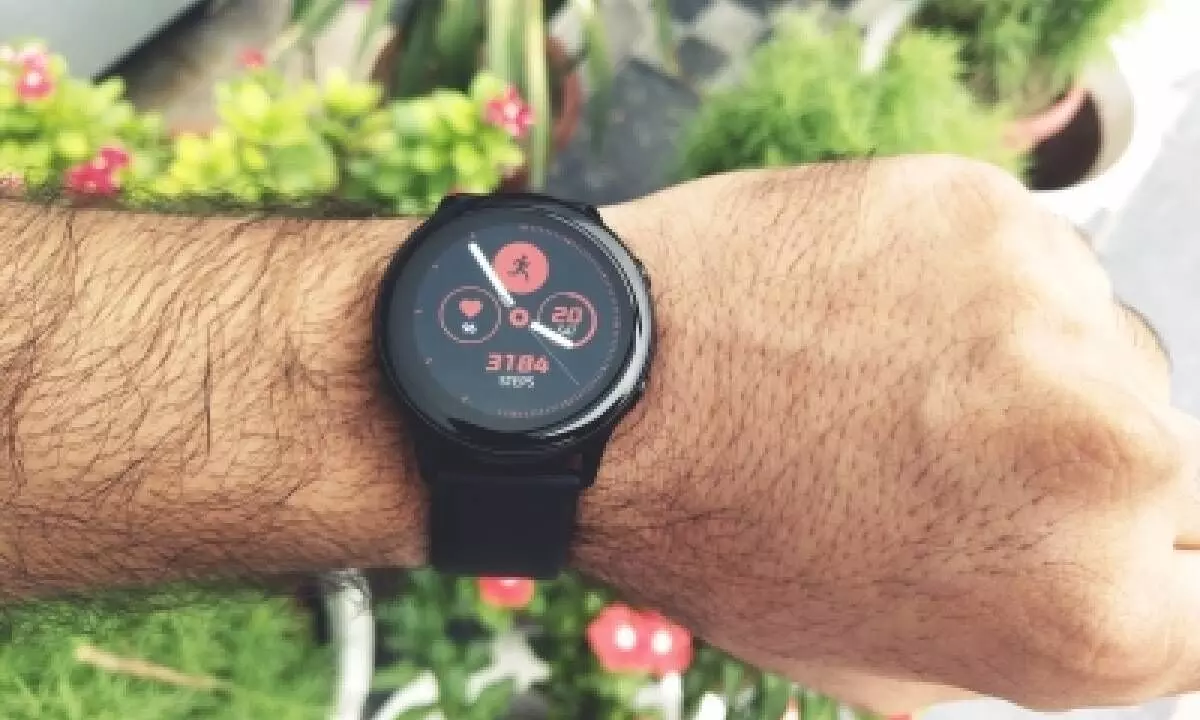Global wearable tech market to surpass $290 bn in 2030: Report
The wearable tech industry is set to expand at a compound annual growth rate of 14.3 per cent from $99.5 billion in 2022 to $290.6 billion in 2030.
image for illustrative purpose

New Delhi, Sep 20 The wearable tech industry is set to expand at a compound annual growth rate of 14.3 per cent from $99.5 billion in 2022 to $290.6 billion in 2030.
In an era defined by innovation and connectivity, wearable technology has emerged as a transformative force, revolutionising the way we live, work, and play, said a report by GlobalData on Wednesday.
In its report, GlobalData, a leading data and analytics company, highlights that the wearable tech market has received significant attention and hype in the last decade, thanks to the popularity of devices such as Fitbit fitness bands and Apple Watches.
“As the underlying technologies advance, wearables could potentially transform how we interact, monitor health and well-being, and consume digital content. The integration of Artificial Intelligence (AI) could usher in a new era of interactive and intelligent wearable devices, offering improved user experiences,” said Pinky Hiranandani, Senior Analyst, Thematic Intelligence team at GlobalData, in a statement.
The next generation of wearable tech will be designed for greater comfort, provide longer battery life, and feature immersive spatial audio, health monitoring, and AI-based communication.
“Enterprises will be a key market for wearable tech devices over the next three years, outpacing the consumer segment. Wearable tech devices are currently deployed across logistics, Defence, manufacturing, travel and tourism, and healthcare, primarily for training and remote support. Healthcare, particularly patient monitoring, remote training and support, and telehealth services, holds significant promise,” Hiranandani said.
Smart glasses and Virtual Reality (VR) headsets have been around for some time but have not become mainstream technology due to a dearth of compelling use cases, high prices, and privacy concerns.
“Companies that can find a niche and create compelling use will have the best chance of succeeding. Also, creating lightweight devices that can be used for longer and have practical use will help companies generate demand and revenue,” Hiranandani said.

